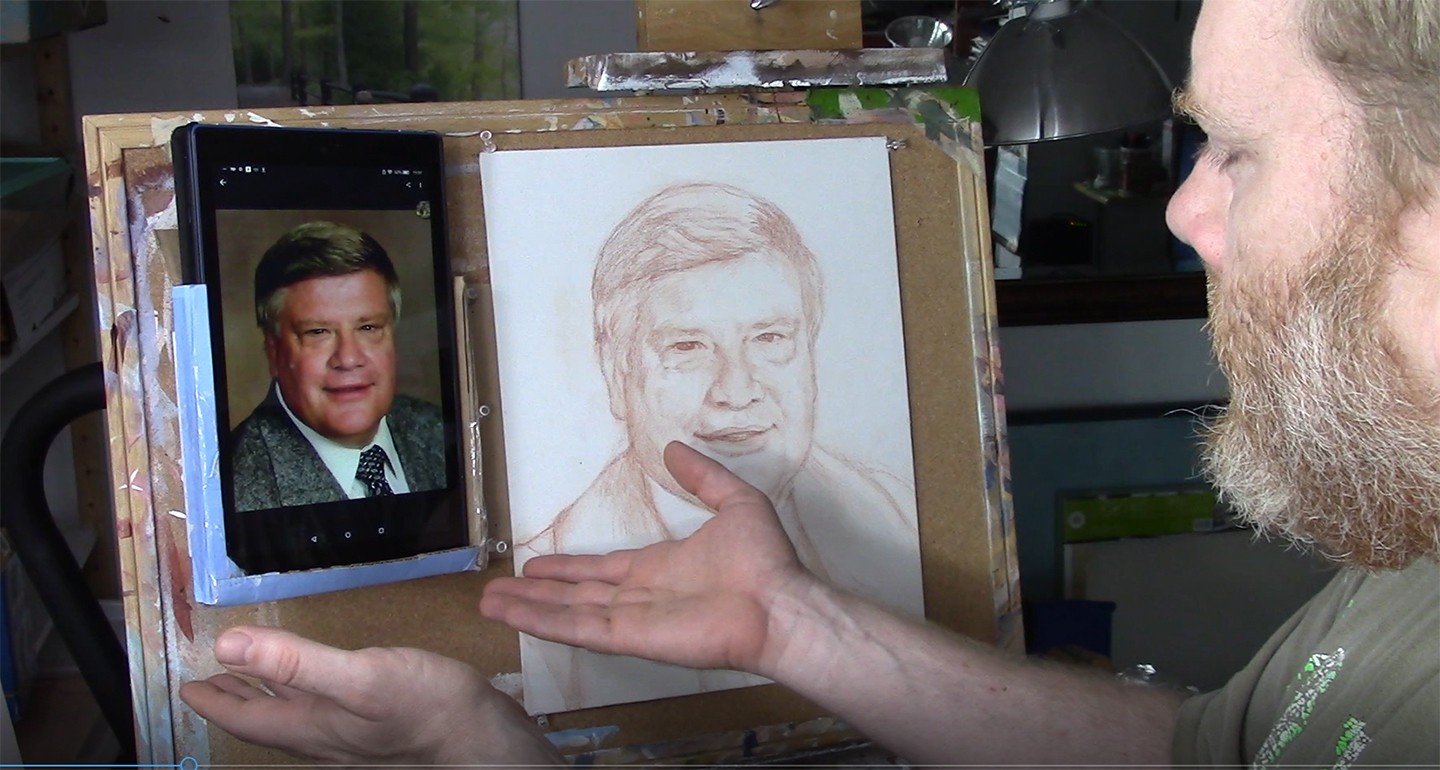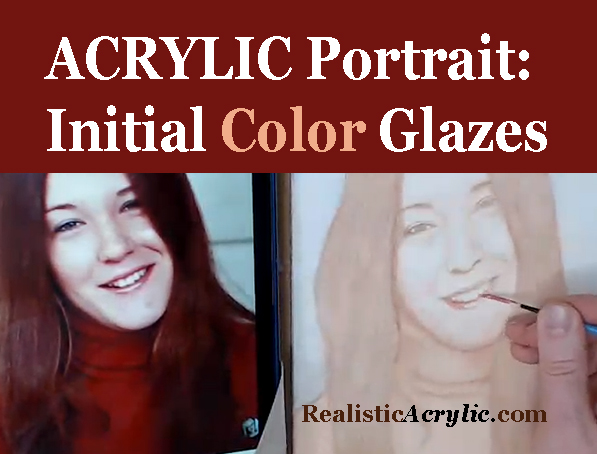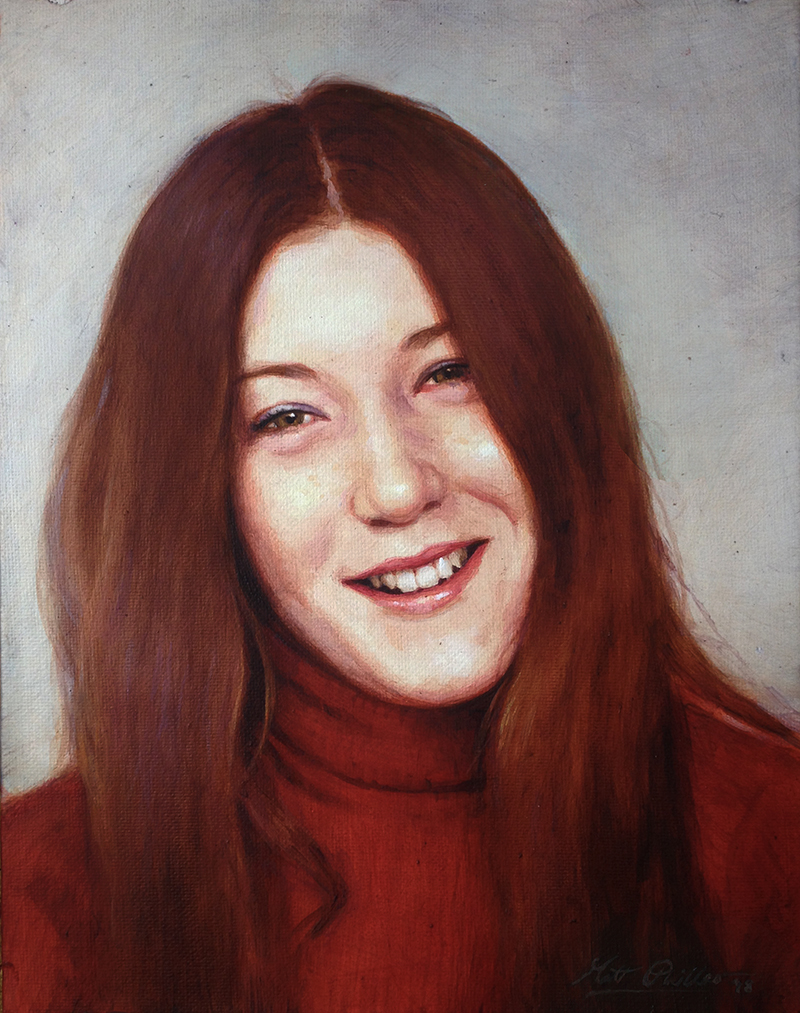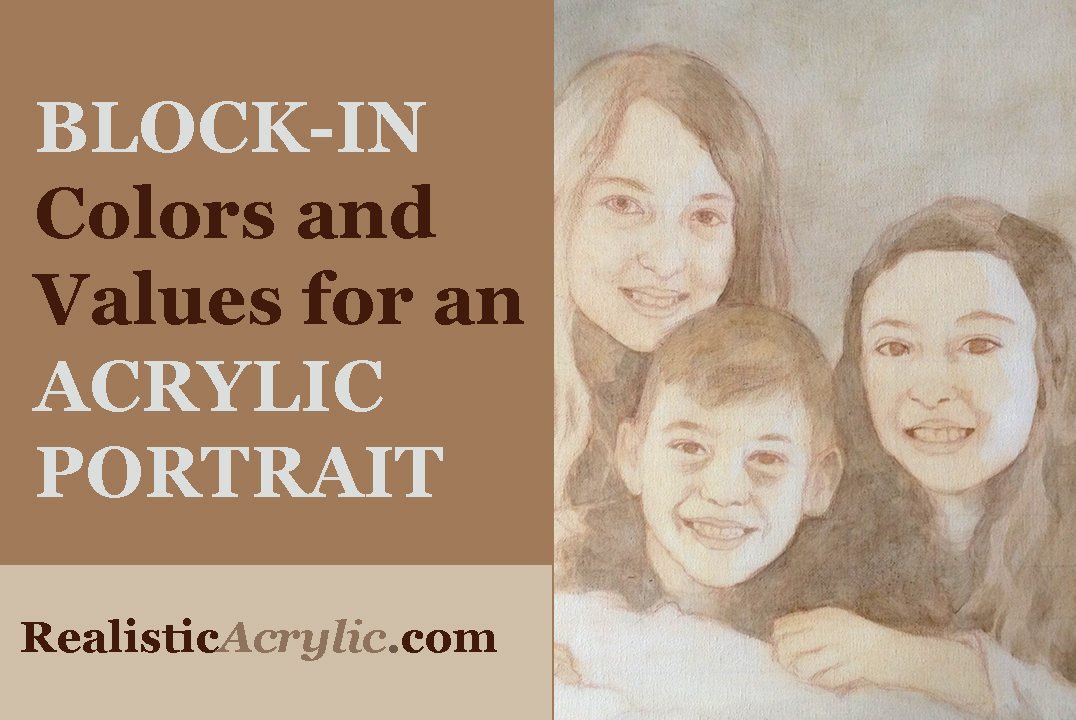I got tired of it.
I asked for a Kindle Fire for Christmas and got one. Photos look outstanding in it.
I knew I wanted to set it up next to my canvas, but how would I get it to stay there? I thought of attaching a wire to the ceiling but that sounded sketchy.
So I made my own contraption to hold it up out of cardboard. If said this before, but if wasn’t an artist, I’d be a “mad scientist” inventor like Doc Brown from Back to the Future! The thing I made to hold my Kindle worked great.
One of my students saw it in a video and said she was having “technology envy.” 🙂 She thought the idea was cool. So I figured, why not share this with my students?
I explain more about it and how it can help you in my video below…






